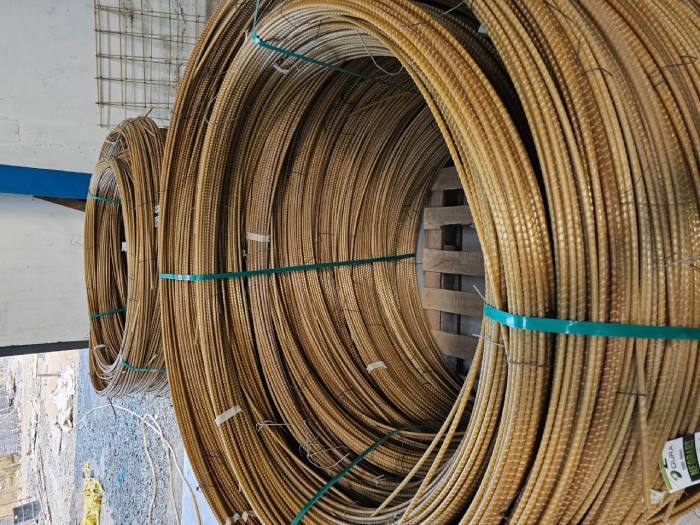Around 63% of India is rural. Naturally, its infrastructure forms the backbone of our overall growth. From roads and bridges to irrigation systems and housing, strong, durable construction is crucial to ensure long-term connectivity and community development. Traditionally, steel rebars have been the go-to reinforcement material in such concrete structures. However, with the rising need for a more sustainable, stronger, and durable alternative, composite rebars such as Glass Fiber Reinforced Polymer (GFRP) have been gaining popularity.
Here is more on how they prove to be transformative for rural infrastructure development
Corrosion Resistance for Longer Lifespan
One of the biggest challenges in rural construction is the lack of timely and frequent maintenance. As strong as steel rebars are, they are also highly susceptible to rust and corrosion, especially in humid, coastal, or water-logged areas. Composite rebars, on the other hand, are completely non-corrosive, making them ideal for marine structures like bridges, irrigation canals, and water tanks. Their resistance to moisture and chemicals ensures that rural structures can last decades longer without the need for expensive upkeep efforts.
Cost-Effective From Start to End
Not only does GFRP have a low initial cost, but it also maintains its feasibility long after installation. Rural projects often operate with limited budgets and long maintenance cycles. Since composite rebars don’t rust, they require less repair and, in turn, reduce life-cycle costs, providing significant savings over time. Fewer replacements mean lower maintenance costs and minimal disruption, ensuring that essential infrastructure, such as bridges and roads, stays operational for years.
Lightweight and Easy to Transport
Transporting heavy steel rebars to remote or hilly areas is often expensive and logistically challenging. Composite rebars are 1/4th of the weight of steel, drastically reducing transport costs and effort. This serves as a practical choice for rural regions, where access roads may be narrow or underdeveloped. Lighter materials also mean faster on-site installation, saving both time and labour.
High Strength and Superior Performance
Our composite rebars offer tensile strengths exceeding 1,000 MPa, outperforming steel’s 400–600 MPa range. This high strength-to-weight ratio allows for robust yet lightweight structures. Moreover, they also have excellent fatigue and impact resistance, making them perfect for rural bridges, pavements, and structures exposed to environmental stress or vibration.
Environmentally Friendly Alternative
Sustainability is becoming a cornerstone of all sectors, including modern infrastructure planning. Composite rebars are eco-friendly, as their production requires less energy and generates lower carbon emissions compared to steel. Additionally, their durability ensures fewer replacements and less waste, aligning perfectly with the goal of sustainable rural development.
Composite rebars serve as the next step in building resilient, low-maintenance, and sustainable rural infrastructure. Their lightweight design, corrosion resistance, and longevity make them a smart investment for rural development projects that need to stand the test of time and environment. As India continues to expand its rural infrastructure network, the adoption of composite rebars could redefine the future of durable and sustainable construction across the country.

